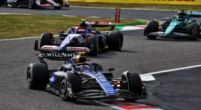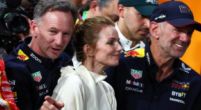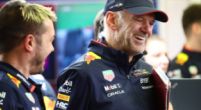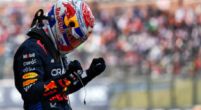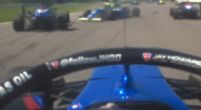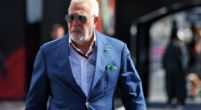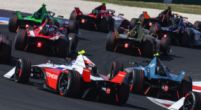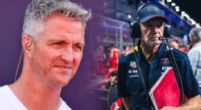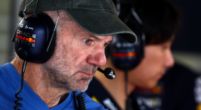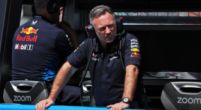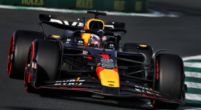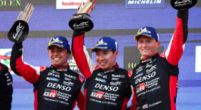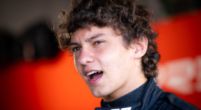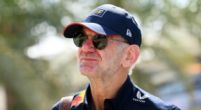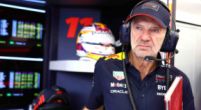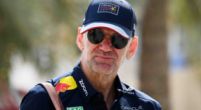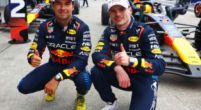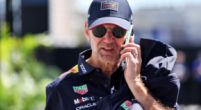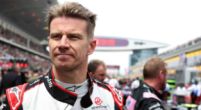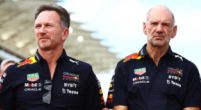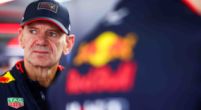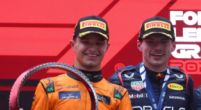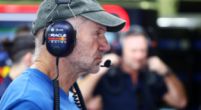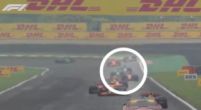Column
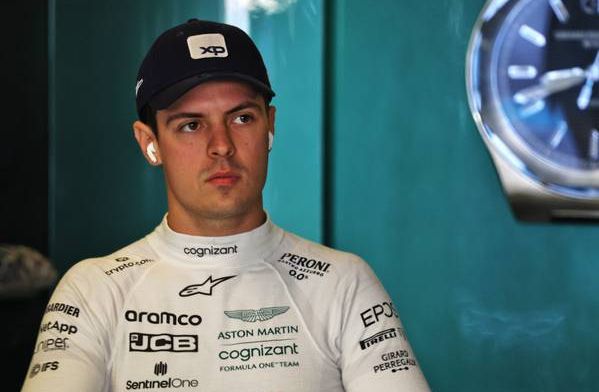
F1 under-utilises the benefits of having reserve drivers
Reserve drivers. Inside the world of F1, but not quite inside the racing itself. It's a role often underappreciated by the entire sport and its fanbase as a whole. However, could there be new and untapped benefits of having these pilots work tirelessly behind the scenes? We take a look at the history and modern context of reserve drivers, while providing pointers as to where their future may be in the sport.
The past
Due to the sheer amount of testing and running of the F1 cars in the past, teams would often rely on their reserve drivers to pick up the extra mileage and give their headline driver some reprieve. Over the years, the FIA has made considerable efforts to reduce the amount of testing that the teams undertake. With driver contracts now also adding clauses so that the teams can financially punish their drivers for incidences of non-racing related injury, the occasions where reserve drivers were required were dwindling more and more. Eventually, it became more of an honorary role, where they clock several hundred miles in dark simulator rooms, collecting data in their auxiliary role behind the team.
The Covid-19 pandemic affected every facet of life, even F1. During the years 2020 and 2021, even drivers fell foul of the illness, resulting in reserve drivers having to deputise for a team, increasing their overall significance in the sport. One need only remember the super-sub Nico Hulkenberg and how Racing Point hurriedly brought in the German to sit in for Sergio Perez in the Silverstone double-header and Lance Stroll for the Eifel Grand Prix at the Nurburgring.
Currently
With Covid gradually becoming less of a concern throughout the world, the incidences of drivers being affected are becoming gradually less prevalent. However, as we’ve seen with Felipe Drugovich deputising for Lance Stroll on the eve of winter testing, there is still a need for them in current-day F1. The young Brazilian will now be one of the few drivers to have in-cockpit experience with the new generation of F1 cars, a highly useful tool in this new era of Formula One.
Nico Hulkenberg remains a prominent case study that a driver being shown the exit door from the racing series can now pick up reserve roles, remain on the periphery of the sport and eventually find an avenue back into the racing series. An incredible achievement, as many wrote him off from ever re-entering the sport. Now in a full-time racing role for the 2023 season with Haas, there is no doubt that more drivers will consider this an approach to refind their way into the sport.
Potential future
Formula 1 has always been an incredibly marketable sport, but with the growing following in the North Americas and in the vast array of digital media surrounding the sport, the interest has only grown higher in recent years. Reserve drivers remain a highly useful and widely untapped commercial opportunity. Bringing in their own sponsors, greater involvement in team media activities and on-screen appearances could generate greater sponsor income through personal sponsors. It could also entice a greater number of fans, with people growing interest in a driver through their efforts in other racing series or due to national identity. A third, new face to associate with the brand and identity of the racing team.
Instead of hiring seasoned hands for the reserve roles, like Sebastian Buemi for Red Bull and Stoffel Vandoorne for Mercedes, the teams could make more use of younger prospects for their reserve roles as well. As these more experienced drivers want to try their hand at other racing series and enjoy success in different disciplines, the appeal of a reserve role slowly diminishes. However, young drivers would relish the opportunity as it gives them a chance to upskill behind the scenes, play an integral role in car development and be given a major responsibility if the opportunity ever calls for it. Thus, F1 may eventually shift to providing younger drivers coming through F3 and F2 more opportunities, potentially giving them greater chances to enter the sport.

